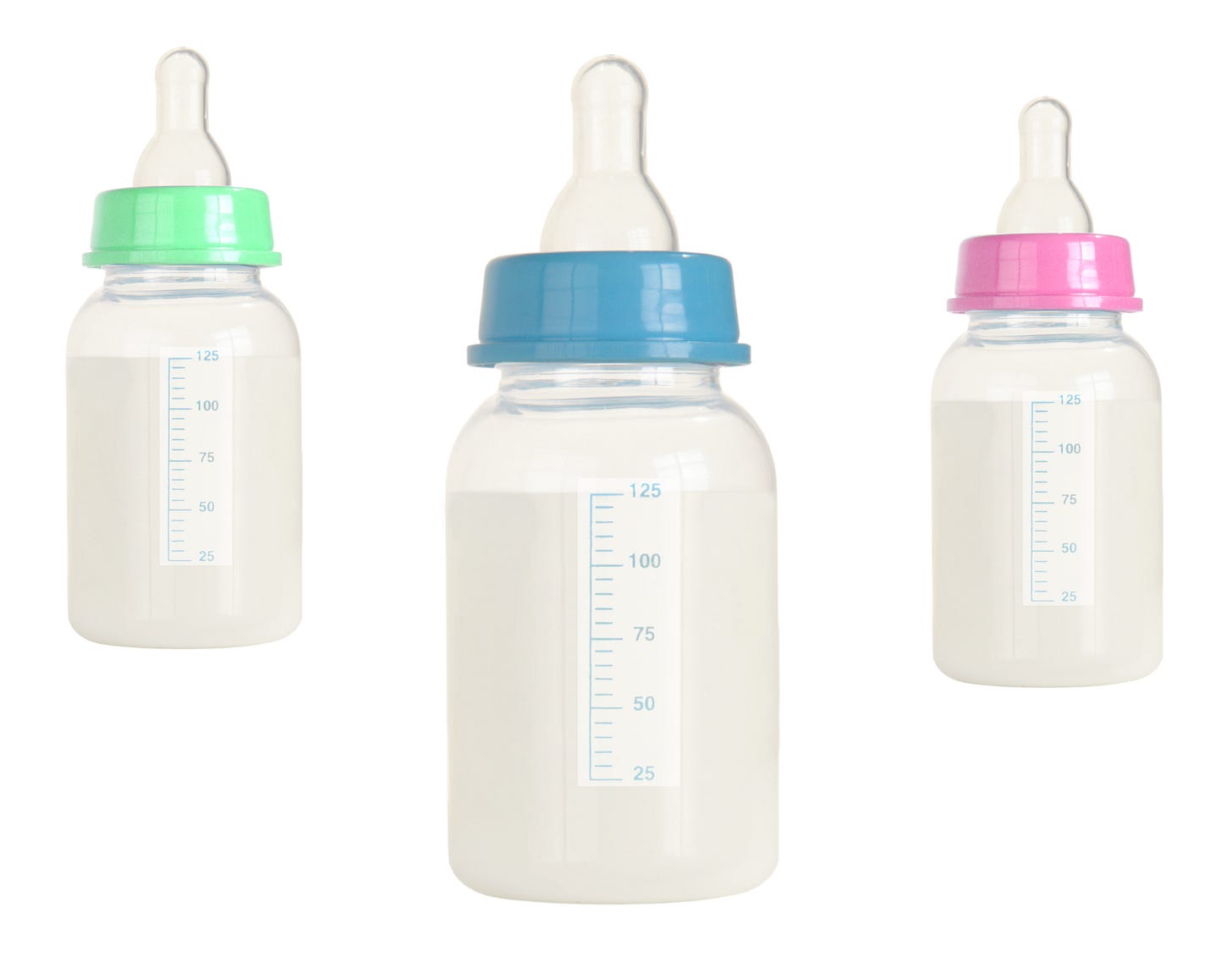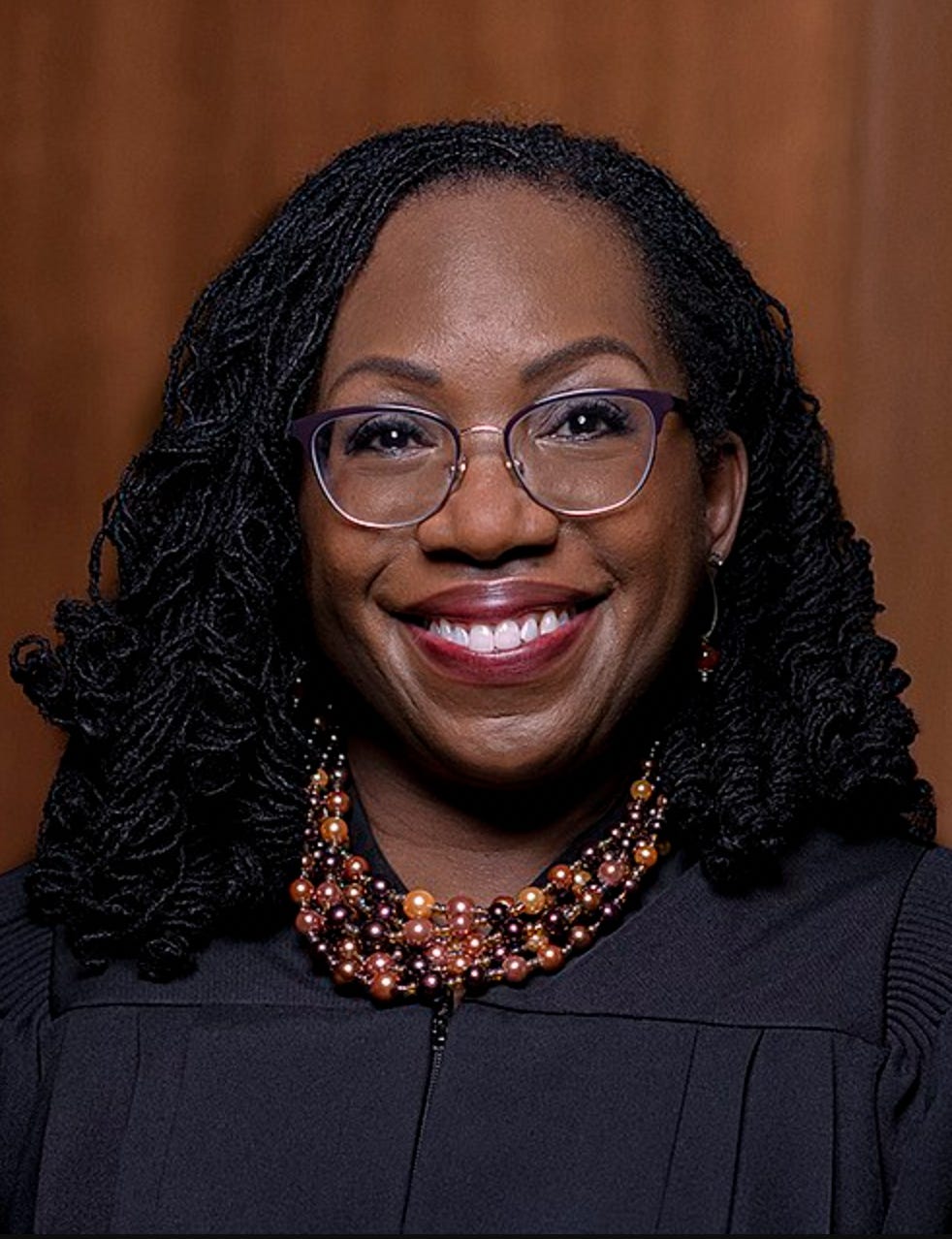Maternal Mortality Rates Likely to Skyrocket
Maternity ward closures, Catholic overtake of hospital systems, and abortion bans create a perfect storm for maternal mortality rates to rise
Welcome back Chaise Lounge readers! This week, we will take a look at two structural issues in the world of hospital mergers that create a perfect storm for abortion bans to increase maternal mortality rates. Even if you live in a blue state, hospital mergers with Catholic owned hospital systems and the closing of rural maternity wards create conditions for maternal deaths to rise. Read on to learn how you can protect yourself from ending up in a hospital that will not treat your medical needs.
Senate fails to pass a bill supporting nursing mothers amid formula shortage
Last week, the Senate failed to pass a bill that would have increased the number of nursing mothers in the workplace who would be protected by federal law. The PUMP Act would have covered an additional 9 million workers who typically turn to formula because their workplace does not provide the time or place for pumping breast milk. The PUMP Act would have closed a loophole in the Break Time for Nursing Mothers Law, which was passed in 2010, and covered only hourly workers. As a result, salaried workers, like teachers and nurses, were left out of the protection. As someone who was not able to nurse her own child beyond six weeks as a teacher for this exact reason, I can tell you from personal experience, nursing mothers who work need this support.
Justice served cold - two cases
Last week, Ghislaine Maxwell and R. Kelly were both sentenced to prison for their participation in sexual trafficking and rape. Maxwell, the woman who lured women into Jeffrey Epstein’s orbit where they were sexually abused, received a 20 year sentence, and R. Kelly received a 30 year sentence. While it is good news that both these people are headed to prison, the galling fact is that in both these stories, the perpetrators had already been brought to the courts and had been acquitted or given a light sentence decades earlier. It took the dogged reporting of Julie K. Brown of the Miami Herald to bring the Epstein story to light and the documentary Surviving R. Kelly to tell the women’s stories. While it is wonderful that justice is finally served, many more women were hurt because our justice system failed the first time they were accused.
Maternal Mortality Rates Likely to Skyrocket in Wake of Abortion Restrictions
Maternity ward closures, the Catholic overtake of hundreds of hospitals, and abortion bans create a perfect storm for maternal mortality rates to skyrocket in the United States. As a result of declining birth rates and hospital system mergers, maternity wards across the country have been closing over the past decade at an alarming clip. As you might predict, these wards are located in rural areas populated primarily by Black and Hispanic residents. In many places, there is no OB/Gyn provider at all.
The hospital system mergers create areas in the country where the only option for a hospital stay is in a hospital run by the Catholic Church. While typically this would not interfere with your medical care, for those who need any kind of reproductive medical care or are miscarrying or are pregnant with a fetus with a severe anomaly incompatible with life, there are no options. The church’s edicts supersede the patient’s own right to life. Some states, like California, have put measures in place to make sure that even if a hospital merges with a Catholic entity, reproductive health care will not be affected, but others did not, and now their residents are paying the price.
Now that Roe v. Wade has been overturned and many states have instituted abortion bans of varying levels, the number of people giving birth will increase dramatically, and it is questionable as to whether we have the hospital infrastructure to support this increase in births safely.
Maternity ward closures
A cluster of factors affects maternity ward closures. It can be difficult to retain doctors and nurses in some of these rural areas. In some, birth rates are declining as more people move to urban areas and the population ages. And of course, there is the financial reason. Maternity wards, unfortunately, are not big moneymakers because more than 40 percent of births are covered by Medicaid which has a low reimbursement rate. And when hospital systems merge, they frequently look at the bottom line to determine where to cut services.
As a result of these closures, many pregnant people are forced to drive over 30 minutes from their homes for their prenatal care. For some, this means driving over a mountain pass in sometimes dangerous winter weather. Many forgo their regular appointments because it is simply impossible to too burdensome to get to the appointment. Stories of women across the country giving birth in the car or on the side of the road because they did not make it to the hospital on time or were turned away are not uncommon. For those women or babies who need immediate care, this can be a deadly situation. With the abortion bans in red states that have a lot of rural residents, we can expect to see the maternal mortality rate skyrocket as more people are forced to give birth.
What can be done to mitigate the danger?
Those working in community health are brainstorming ways to provide maternity services to rural residents. In North Carolina, where ten maternity wards statewide have closed since 2013, doctors are searching for ways to improve maternal care. According to an article in North Carolina Health News, Vidant Medical Center in Greenville has worked hard to create community partnerships to strengthen maternal care. One way they have done this is by creating a program allowing regional community hospitals to exchange surfactants that help newborns breathe before they expire. In another effort, Vidant trains maternity and emergency staff at community hospitals, whether part of the Vidant network or not, on how to best support pregnant people and babies in emergency situations. As a result of these efforts, the mortality rate has decreased. But these measures took years to put in place, and in the meantime, mothers and babies died.
The Catholic church owns hundreds of hospitals
Most Americans are unaware that one out of six hospital beds in the United States is owned by the Catholic church. The hospitals are required to follow the Ethical and Religious Directive for Catholic Health Services. The directives ban hospitals from providing any type of contraception, sterilization, abortion, or infertility services. The number of Catholic hospitals continues to increase as more mergers happen.
According to MergeWatch, an organization that follows hospital mergers:
There are five states (Alaska, Iowa, Washington, Wisconsin and South Dakota) where more than 40 percent of acute care beds are in hospitals operating under Catholic health restrictions. In another five states (Nebraska, Colorado, Missouri, Oregon and Kentucky), between 30 and 39 percent of the acute care beds are in facilities that are Catholic owned or affiliated. There are 46 Catholic-restricted hospitals that are the sole community providers of short-term acute hospital care for people living in their geographic regions.
Additionally, it can be difficult to determine whether a hospital is owned by the Catholic church. According to a 2020 report by Community Catalyst, there is a lack of transparency regarding services offered at hospitals and sometimes even satellite clinics that are owned by the Catholic church. Other secular health systems have partial Catholic ownership that are imposing the Catholic directives on whole systems. But patients have no way of knowing ahead of time that the hospital will not provide lifesaving care in the event of a miscarriage. Or at least not until the mother has bled out 40 percent of her blood. The Community Catalyst report makes three recommendations:
These trends require heightened attention to the growing impact on community access to needed health care services and the need for 1) greater transparency about hospital and health system policies that prohibit specific health care services, 2) strengthened public oversight of health industry mergers, acquisitions and affiliations and 3) greater protection of individual patient rights.
What can you do to protect yourself?
If you are of childbearing age, be proactive in understanding the practices of the hospitals closest to your home. You do not want to find yourself in the situation that many other women have faced where they are bleeding heavily from a miscarriage, but the baby’s heartbeat is still going, so they will not treat you because of the Catholic church’s edicts. Knowing your options beforehand, gives you the power to make choices, although for many people, those choices are constrained for financial or geographic reasons. Talk to your doctor about what would happen in case of an emergency situation so that you know going into your pregnancy what will happen. It is a difficult topic to broach or even think about, but it could save your life in the long run.
And now for something to feel good about
On June 30, Justice Ketanji Brown Jackson was sworn into her seat on the federal Supreme Court, making her the first Black woman to achieve that position. She will be joining fellow female Justices Kagan and Sotomayor as part of the more liberal wing of the Court. In her remarks from April when her nomination was approved, she noted, “We have come a long way toward perfecting our union,” she said. “In my family, it took just one generation to go from segregation to the Supreme Court of the United States.”






